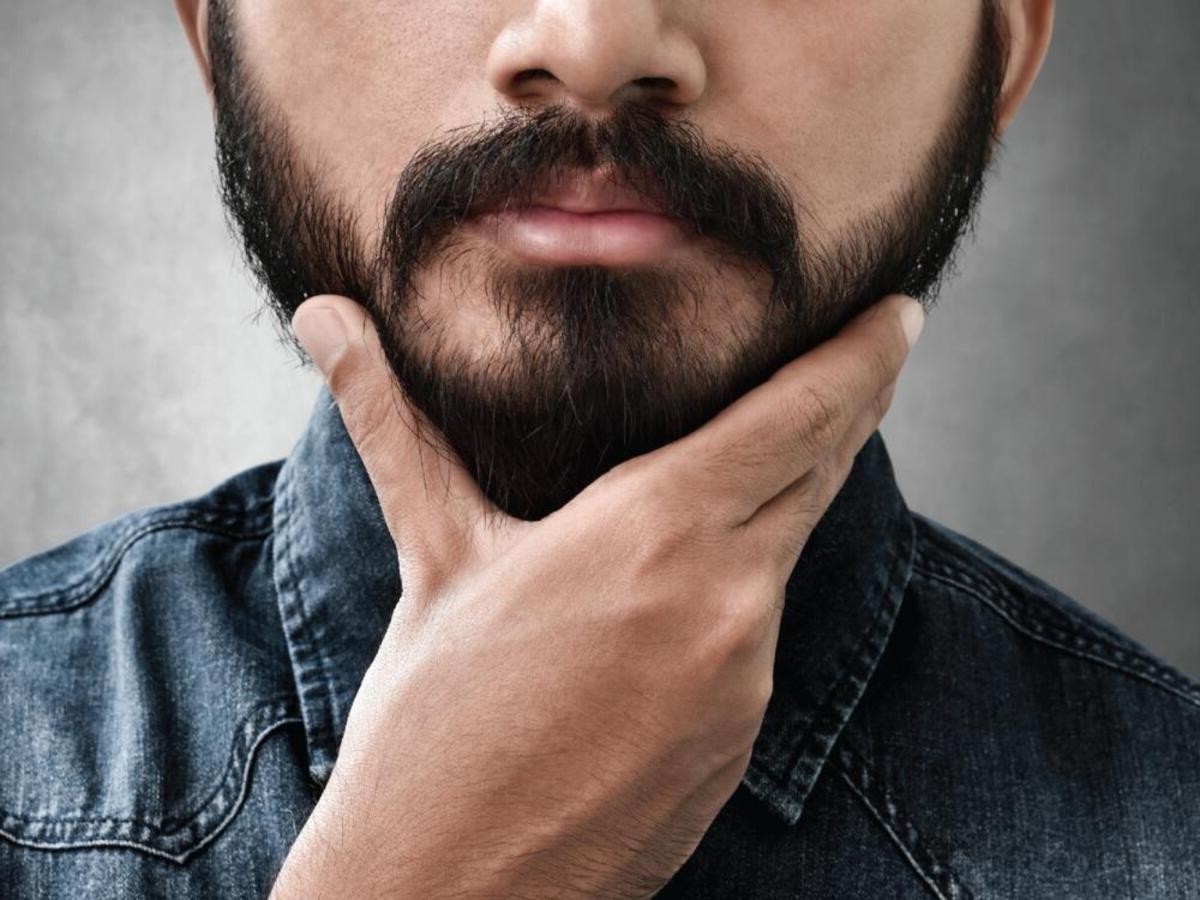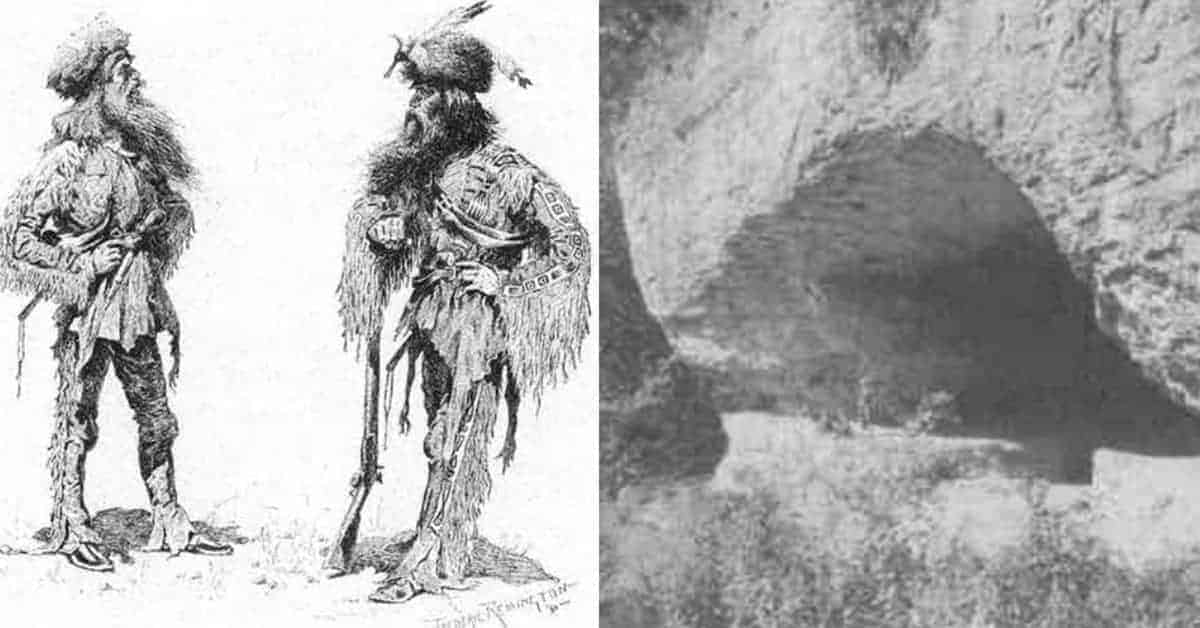
Ever wondered how long the longest beard in history is? Beards have been a symbol of wisdom, masculinity, and even rebellion throughout the ages. But some people take beard-growing to a whole new level. The longest beard ever recorded belonged to Hans Langseth, a Norwegian-American farmer. When measured after his death in 1927, his beard stretched an astonishing 17 feet 6 inches! Imagine the dedication and care required to maintain such a lengthy beard. In this post, we'll explore 35 fascinating facts about the longest beard, from historical records to modern-day beard enthusiasts. Get ready to be amazed by the world of extraordinary facial hair!
Key Takeaways:
- The longest recorded beard measured an astonishing 17 feet 6 inches, grown by Hans Langseth. Beards have been a symbol of wisdom and style for centuries, with famous figures like Leonardo da Vinci and Abraham Lincoln known for their impressive facial hair.
- Beards have cultural significance in various societies, from ancient Egypt to modern-day Sikhism. They have made a significant comeback in recent years, with popular beard trends like the hipster beard and stubble look. Beards can also offer surprising health benefits, such as protection from UV rays and acting as a natural filter for dust and allergens.
The Longest Beard in History
Beards have been a symbol of wisdom, strength, and style for centuries. But when it comes to the longest beard ever, the facts are truly fascinating.
-
Hans Langseth holds the record for the longest beard ever recorded. His beard measured an astonishing 17 feet 6 inches (5.33 meters) at the time of his death in 1927.
-
Langseth was born in Norway in 1846 and later moved to the United States, where he became a farmer. He started growing his beard as part of a contest.
-
After his death, Langseth's beard was donated to the Smithsonian Institution, where it remains on display.
Famous Beards in History
Throughout history, many notable figures have been known for their impressive facial hair. Here are some of the most famous beards.
-
Leonardo da Vinci is often depicted with a long, flowing beard. His beard is believed to have been a symbol of his wisdom and creativity.
-
Abraham Lincoln grew his iconic beard after receiving a letter from an 11-year-old girl named Grace Bedell, who suggested it would improve his appearance.
-
Charles Darwin sported a thick, bushy beard that became one of his most recognizable features. It is said that he grew it to keep warm during his travels.
Cultural Significance of Beards
Beards have held various meanings and significance in different cultures around the world. Here are some interesting cultural facts about beards.
-
In ancient Egypt, pharaohs wore false beards made of metal as a symbol of their divine status.
-
In ancient Greece, beards were a sign of honor and virility. Young men would only shave their beards as a sign of mourning.
-
In Sikhism, keeping a beard is a sign of faith and devotion. Sikh men are encouraged to let their beards grow naturally.
Modern Beard Trends
Beards have made a significant comeback in recent years, with many men embracing facial hair as a fashion statement. Here are some modern beard trends.
-
The hipster beard is characterized by its full, thick appearance and is often paired with a well-groomed mustache.
-
The stubble look has become popular for its rugged yet stylish appearance. It requires regular trimming to maintain the perfect length.
-
The goatee is a versatile style that can be worn in various ways, from a small patch on the chin to a full circle beard.
Beard Competitions
Beard competitions have become a popular way for men to showcase their impressive facial hair. Here are some interesting facts about these events.
-
The World Beard and Moustache Championships is held every two years and features categories such as Full Beard Natural, Full Beard Styled, and Freestyle.
-
The National Beard and Moustache Championships in the United States attracts participants from all over the country, competing in various categories.
-
Some beard competitions even have categories for the most creative and unusual beard styles, encouraging participants to get imaginative with their facial hair.
Beard Care and Maintenance
Growing and maintaining a beard requires dedication and proper care. Here are some tips and facts about beard care.
-
Regular trimming is essential to keep a beard looking neat and well-groomed. This helps prevent split ends and uneven growth.
-
Using a beard oil can help keep the beard soft and moisturized, reducing itchiness and dryness.
-
Beard balm is another popular product that helps shape and style the beard while providing nourishment.
Health Benefits of Beards
Believe it or not, beards can offer some surprising health benefits. Here are a few reasons why growing a beard might be good for you.
-
Beards can provide protection from harmful UV rays, reducing the risk of skin cancer.
-
A beard can act as a natural filter, trapping dust and allergens and preventing them from entering the respiratory system.
-
Growing a beard can help reduce acne by preventing bacteria from spreading on the skin.
Beards in Popular Culture
Beards have made their mark in popular culture, with many celebrities and fictional characters sporting memorable facial hair. Here are some notable examples.
-
Gandalf from "The Lord of the Rings" is known for his long, white beard, symbolizing his wisdom and power.
-
Dumbledore from the "Harry Potter" series also sports a long, flowing beard, adding to his image as a wise and powerful wizard.
-
ZZ Top, the rock band, is famous for the long beards of its members, Billy Gibbons and Dusty Hill.
Beard Myths and Facts
There are many myths and misconceptions about beards. Let's set the record straight with some facts.
-
Myth: Shaving makes your beard grow back thicker. Fact: Shaving has no effect on the thickness or rate of beard growth.
-
Myth: Beards are dirty and unhygienic. Fact: With proper care and maintenance, beards can be just as clean as a clean-shaven face.
-
Myth: Only certain people can grow a beard. Fact: While genetics play a role, most men can grow a beard with patience and proper care.
Fun Beard Facts
Here are some fun and quirky facts about beards that you might not know.
-
The average beard grows about half an inch per month.
-
If a man never shaved, his beard would grow to about 27.5 feet over his lifetime.
-
The longest female beard ever recorded belonged to Vivian Wheeler, measuring 11 inches.
Beards in Art and Literature
Beards have been depicted in various forms of art and literature throughout history. Here are some notable examples.
-
Michelangelo's Moses features a prominent beard, symbolizing wisdom and authority.
-
Ernest Hemingway was known for his rugged beard, which became an iconic part of his image as a writer and adventurer.
-
Walt Whitman, the famous poet, often depicted himself with a full beard, reflecting his connection to nature and the human spirit.
Beards and Identity
For many men, a beard is more than just facial hair; it's a part of their identity. Here are some ways beards can shape a person's self-image.
-
A beard can boost confidence by enhancing a man's appearance and making him feel more masculine.
-
For some, growing a beard is a form of self-expression, allowing them to stand out and showcase their unique style.
Fascinating Beard Facts
Longest beards have always intrigued people. Hans Langseth holds the record for the longest beard ever, measuring an astonishing 17 feet 6 inches. Beards have cultural significance too. In ancient Egypt, pharaohs wore false beards as a symbol of their status. Vikings believed beards were a sign of strength and masculinity.
Beard competitions are a thing. The World Beard and Moustache Championships celebrate the most impressive facial hair. Beards also have health benefits. They can protect skin from harmful UV rays and reduce the risk of bacterial infections.
Growing a beard takes patience. On average, facial hair grows about half an inch per month. Some people even believe beards can make you look wiser and more distinguished.
Whether you're a beard enthusiast or just curious, these facts show there's more to beards than meets the eye. So next time you see a magnificent beard, you'll know a bit more about its fascinating history and significance.
Frequently Asked Questions
Was this page helpful?
Our commitment to delivering trustworthy and engaging content is at the heart of what we do. Each fact on our site is contributed by real users like you, bringing a wealth of diverse insights and information. To ensure the highest standards of accuracy and reliability, our dedicated editors meticulously review each submission. This process guarantees that the facts we share are not only fascinating but also credible. Trust in our commitment to quality and authenticity as you explore and learn with us.


